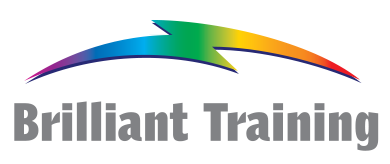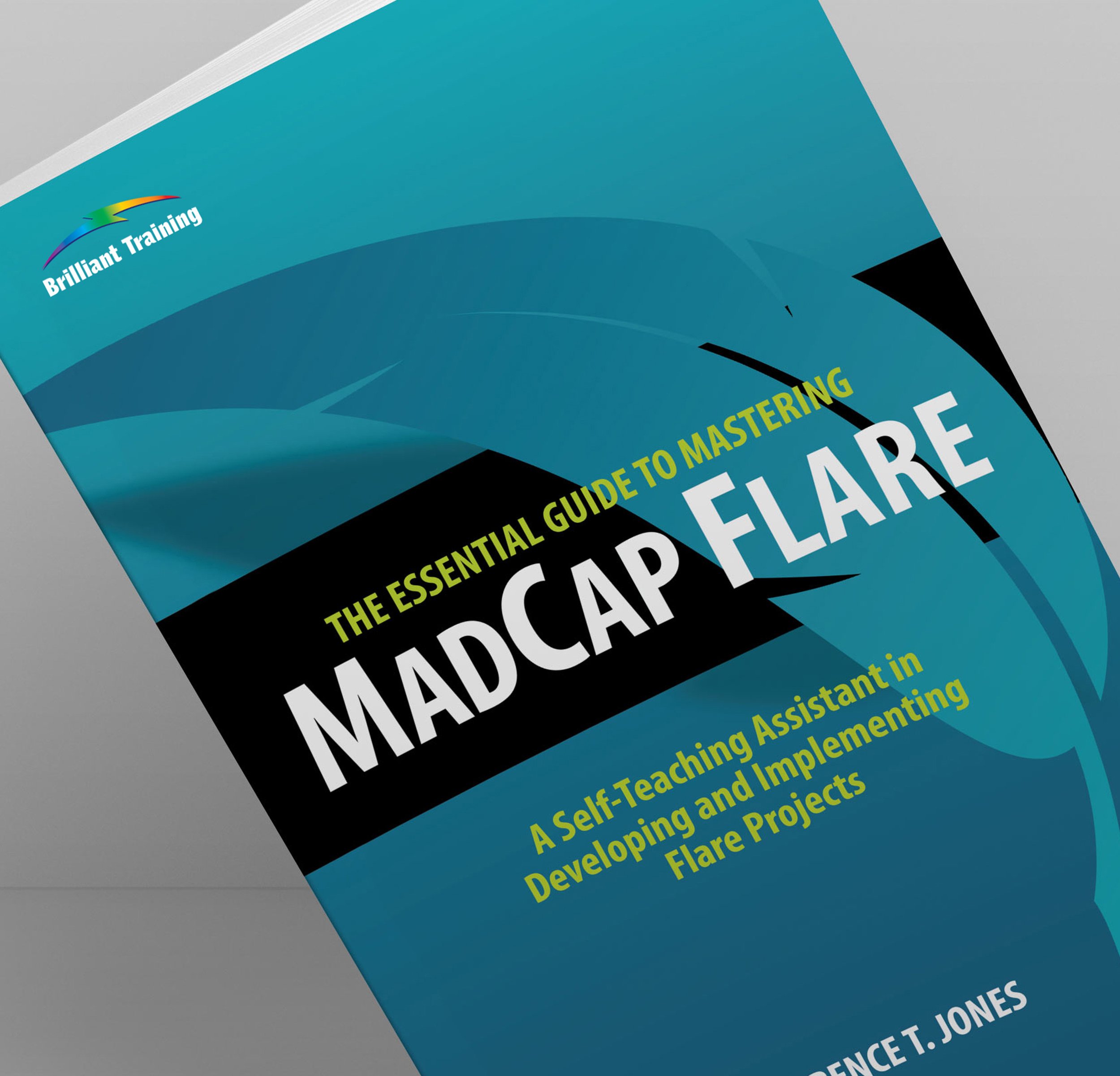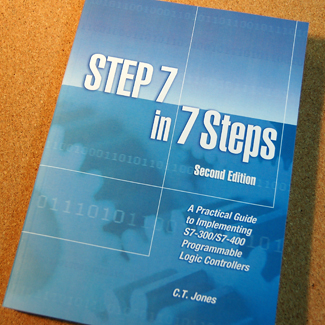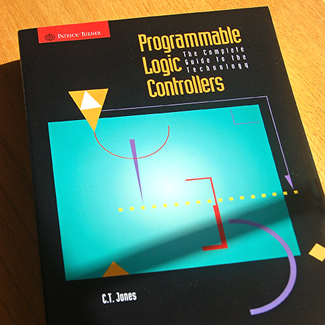STEP 7 Programming Made Easy in
LAD, FBD, and STL
A Practical Guide to Programming S7-300/S7-400 Programmable Logic Controllers
Finally – programming STEP 7 in LAD, FBD, and STL is made crystal clear! STEP 7 Programming Made Easy is designed to introduce and thoroughly cover every important aspect of developing STEP 7 programs in LAD, FBD, and STL. You’ll learn to correctly apply and develop your STEP 7 program, using S7 resources from addressing S7 memory areas and I/O modules, to using Functions, Function Blocks, Organization Blocks, and System Blocks.
With more than 500 illustrations and examples, understanding STEP 7 is certainly made easy! Now, with both STEP 7 Programming Made Easy and STEP 7 in 7 Steps, a Siemens S7 developer has all the needed tools to get the job done!
About This Book
STEP 7 Programming Made Easy, in LAD, FBD, and STL is a comprehensive STEP 7 programming book—a follow-up to STEP 7 in 7 Steps, a comprehensive guide to arranging the various components of the S7-300 and S7-400 controllers—including the network configuration.
This book is organized into the following parts:
Part I – Introduction to STEP 7
Part I starts with a thorough discussion of S7 memory, including a description of each addressable memory area and the application uses of each area. The first chapter is rounded out with a discussion of the various S7 data types and the data formats and representations of each data type. Next covered, is a complete chapter on the S7 data block – a primary data storage resource for STEP 7 programs. Understanding these two chapters is essential for working with the book’s remaining topics.
Part II – Ladder Diagrams (LAD) and Function Block Diagrams (FBD)
The first chapter of Part II introduces the LAD and FBD programming languages – their operations categories, main construction elements, basic operation, and editing guidelines. Each of the remaining chapters of Part II presents a LAD/FBD instruction set category – starting with Binary Logic Operations and ending with Program Flow Control and Block Operations. Each chapter begins with an overview and discussion of how this group of operations is generally applied. Then in a side-by-side fashion, instruction descriptions, and programming for each operation, are presented for LAD and FBD.
Part III – The Statement List (STL) Language
The first chapter of Part III introduces the STL programming language – its operations categories, main construction elements, basic operation, and editing guidelines. Each of the remaining chapters of Part III presents an STL instruction set category – starting with Binary Logic Operations and ending with Program Flow Control and Block Operations. Each chapter begins with an overview and discussion of how this group of operations is generally applied. Following the STL operations category overview, the chapter presents a discussion of individual operations and the associated programming.
Part IV – The STEP 7 Program
The chapters of Part IV present a systematic approach to designing and implementing a STEP 7 program. In the first of these chapters, you are introduced to a method of defining machines or processes as a grouping of logical or functional units, leading to a definition of the STEP 7 program structure. Next, you’re introduced to primary STEP 7 program building blocks; you’ll then revisit S7 I/O module addressing and how to assign symbolic addresses for convenient interpretation of your S7 program. You’ll also learn key basics of organizing calls to the other blocks of your S7 program, using OB1 – the main STEP 7 program block.
Part IV is rounded out with two final chapters that put it all together by covering the general application and guidelines for developing your STEP program, using Functions, Function Blocks, and Organization Blocks.





